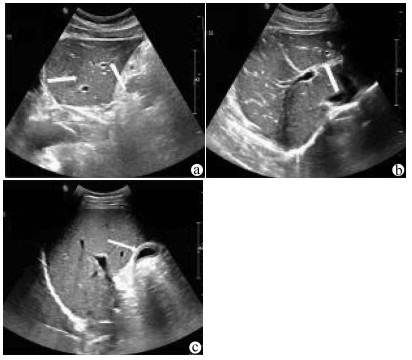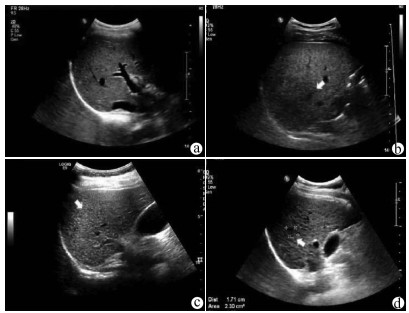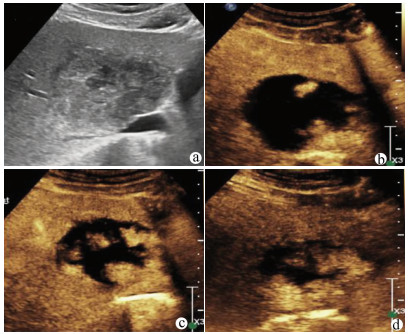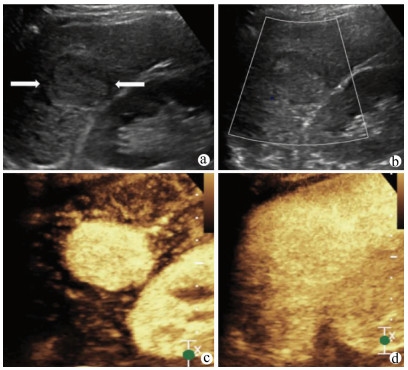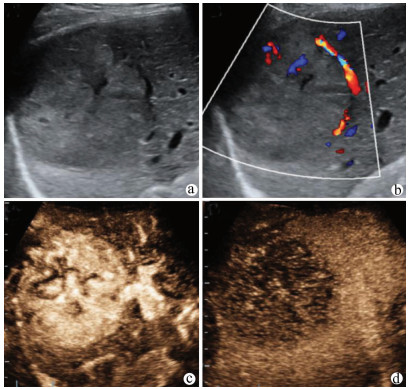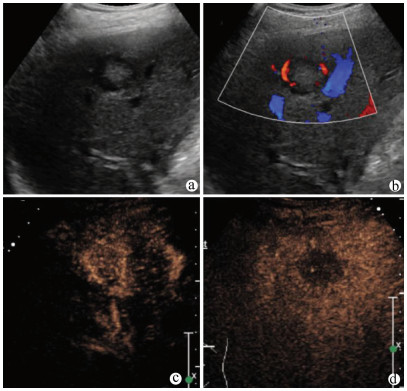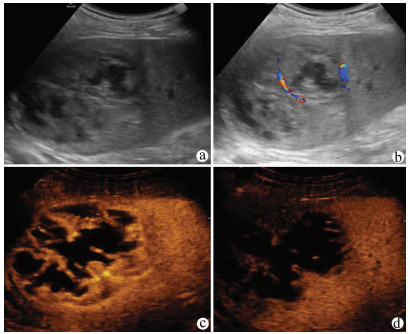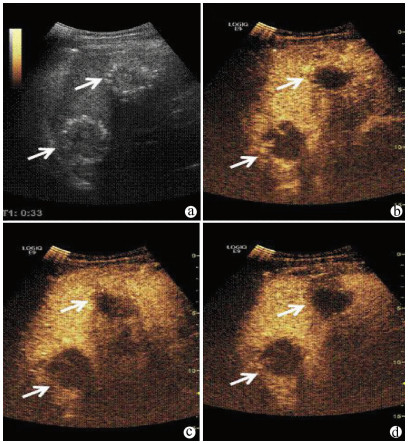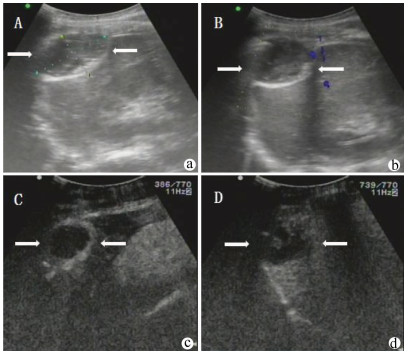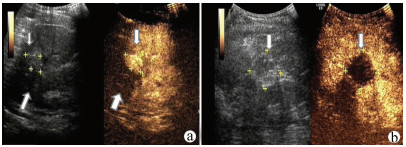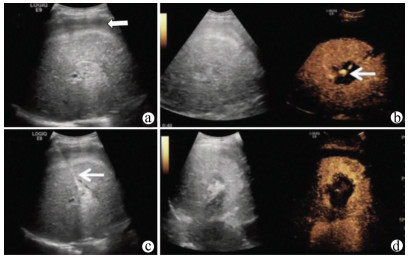Ultrasound is a non-invasive, real-time, inexpensive, radiation-free and easily repeatable method, usually used for liver imaging. In recent years, new ultrasound examination techniques for liver diseases such as contrast-enhanced ultrasound and elastography have been rapidly developed, which can effectively identify intrahepatic space-occupying lesions, assess the degree of liver fibrosis and portal hypertension, and monitor the effects of treatment. Therefore, these technologies play an important diagnostic role in clinical liver diseases and have therapeutic interventional value. This guideline classifies the instrument set-up, patient preparation, and physician examination methods through multimodal ultrasound examinations (gray-scale ultrasound, color Doppler ultrasound, contrast-enhanced ultrasound, elastic ultrasound) for liver diseases. In addition, liver diseases multimodal ultrasound technology diagnostic criteria for diffuse hepatic lesions (inflammatory lesions, fibrosis, and sclerosis), multiple space-occupying lesions, and interventional procedures have been defined and standardized. Concurrently, we also recommend the ultrasound monitoring time interval and diagnostic report writing standard for liver diseases.

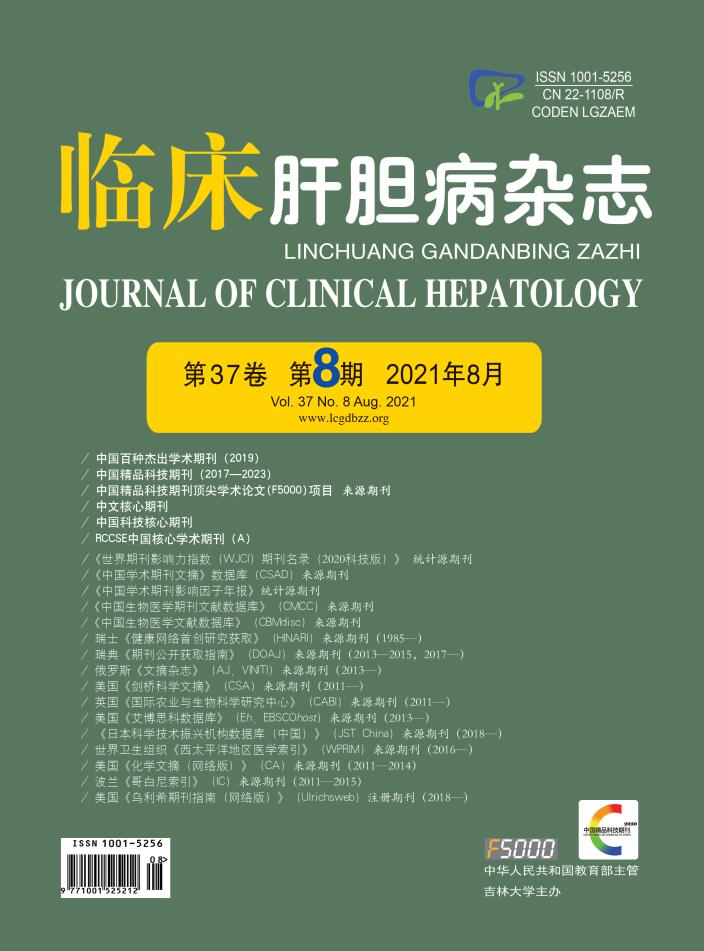






 DownLoad:
DownLoad:

